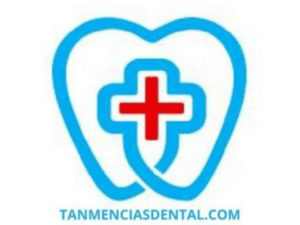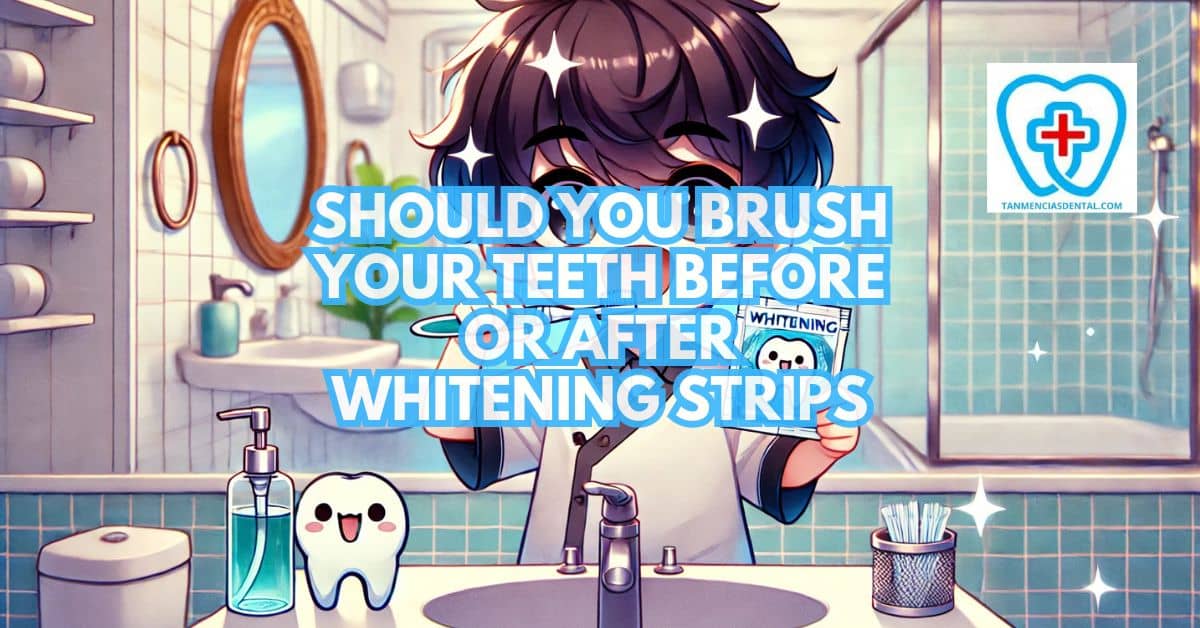Whitening strips are a convenient way to brighten your teeth at home.
They use chemicals that lift stains from the enamel, which can lead to a whiter smile.
However, the way you prepare your teeth before applying the strips can affect the results.
Similarly, how you care for your teeth after using them is important for minimizing sensitivity and protecting your enamel.
Knowing the proper techniques can make the whitening process more effective and less uncomfortable.
1. What’s Inside Whitening Strips? Understanding the Active Ingredients
Whitening strips typically contain either hydrogen peroxide or carbamide peroxide as their active ingredient.
These chemicals break down into oxygen molecules that help remove deep stains from the enamel.
Some strips also include adhesive agents to keep them firmly in place on your teeth.
The concentration of the whitening agents can vary, with higher concentrations providing faster results but potentially causing more sensitivity.
Understanding these ingredients is important for selecting a product that suits your needs and comfort level.
🦷 Understanding the Collaboration Between Dentist and Dental Hygienists in Oral Care
2. Brushing Before Whitening Strips: Does It Help or Hurt?
Brushing your teeth before using whitening strips can help remove food particles and plaque, making the whitening process more effective.
However, if you brush too aggressively, it can make your gums more prone to irritation when the strips are applied.
Gentle brushing with a soft toothbrush is usually best.
Waiting 20 to 30 minutes after brushing allows your saliva to restore your enamel’s natural coating, reducing the risk of sensitivity.
This balance helps you get the most benefit from the whitening strips without causing discomfort.
🦷 Is Bonding a Chipped Tooth the Right Solution for Your Dental Needs?
3. Why You Should Wait Before Brushing After Whitening Strips
After using whitening strips, your teeth are temporarily more porous and sensitive.
Brushing immediately can irritate your gums and further increase sensitivity.
Waiting at least 30 minutes allows the active ingredients from the strips to finish working and gives your enamel time to re-harden.
Using a soft-bristled toothbrush and a fluoride toothpaste when you brush helps soothe and protect your teeth.
This approach ensures that the whitening process is effective without causing unnecessary damage.
🦷 Can You Brush Your Teeth Without Toothpaste?
4. The Benefits of Brushing Before Applying Whitening Strips
Brushing before applying whitening strips ensures your teeth are clean, allowing the strips to stick better and work more effectively.
Removing plaque and debris creates a smoother surface for the whitening agents to penetrate.
However, it’s important to avoid overbrushing, which can strip away the protective enamel layer.
Use a soft toothbrush and non-abrasive toothpaste to prepare your teeth without causing irritation.
A clean, smooth surface lets the whitening strips provide even and consistent results.
🦷 The Benefits of Bonding Chipped Front Teeth: A Quick and Affordable Smile Makeover
5. The Risks of Brushing Too Soon Before Whitening Strips
Brushing your teeth too soon before using whitening strips can wear down your enamel slightly, making your teeth more sensitive.
This is especially true if you use a hard-bristled toothbrush or an abrasive toothpaste.
The enamel serves as a protective barrier, and weakening it can increase discomfort when whitening agents are applied.
Waiting 20 to 30 minutes after brushing ensures that your teeth have recovered and are ready for the strips.
This small step can prevent unnecessary pain and protect your teeth during the whitening process.
🦷 Fun and Creative Ways for Teaching Children Oral Hygiene Habits
6. How to Apply Whitening Strips for Maximum Effectiveness
For best results, start by carefully reading the instructions provided with the whitening strips.
Ensure your teeth are clean but not overly brushed before applying the strips.
Place the strips on your teeth, pressing them firmly to ensure they stick evenly across the surface.
Leave them on for the recommended time, usually 20 to 30 minutes, and avoid eating or drinking during this period.
After removing the strips, rinse your mouth with water to clear away any leftover whitening gel.
🦷 Choosing the Best Braces Colors to Make Teeth Look Whiter
7. To Brush or Not to Brush After Whitening Strips: What’s Best?
Brushing after using whitening strips can be beneficial if done the right way.
It helps remove any leftover gel and keeps your teeth clean, but timing is crucial.
Wait at least 30 minutes before brushing to give your enamel time to recover.
Use a gentle toothpaste designed for sensitive teeth to avoid irritation.
Following this routine ensures your teeth stay clean and healthy while maximizing the whitening effects.
🦷 How to Stop Your Teeth From Hurting With Braces
8. How Whitening Strips Affect Your Enamel and What to Watch Out For
Whitening strips can temporarily weaken your enamel, making your teeth more sensitive.
This effect occurs because the whitening agents open up tiny pores in your enamel to lift stains.
While this process is effective, overusing the strips or applying them incorrectly can cause long-term damage.
It’s important to follow the recommended usage instructions and give your teeth time to recover between treatments.
Watching for signs like persistent sensitivity or discoloration can help you know if your enamel needs extra care.
🦷 The Rise of Branded Toothbrushes: Are They Better Than The Generic Ones?
9. Choosing the Right Toothpaste for Before and After Whitening Strips
The toothpaste you use before and after whitening strips plays a key role in protecting your teeth.
A fluoride toothpaste strengthens enamel and reduces sensitivity, making it ideal for use with whitening treatments.
Avoid abrasive toothpastes, as they can wear down your enamel and increase discomfort.
Desensitizing toothpastes with ingredients like potassium nitrate are a great choice to soothe sensitive teeth.
Using the right product helps you maintain strong, healthy enamel while achieving a brighter smile.
🦷 A Parent’s Guide to Dental Care for Kids: From Drool to Dazzling
10. When to See a Dentist Before Using Whitening Strips
If you have dental issues like cavities, gum disease, or extreme sensitivity, consult a dentist before using whitening strips.
These conditions can make whitening treatments uncomfortable or even harmful.
A dentist can assess your oral health and recommend alternative whitening methods if needed.
They can also provide professional-grade whitening treatments that may be safer and more effective.
Addressing dental problems first ensures that your whitening efforts are safe and successful.
🦷 Marikina’s Premier Dental Clinic
👨⚕️ Conclusion
The decision to brush before or after using whitening strips depends on timing and proper care.
Brushing before strips is helpful for cleaning your teeth but should be done gently and not immediately before application.
Brushing after strips helps maintain cleanliness but should be delayed to prevent sensitivity.
Following these guidelines ensures the whitening process is effective and minimizes potential discomfort.
With the right approach, you can achieve a brighter smile while keeping your teeth healthy and strong.
😊 Self-Promotion
Looking for top-notch dental care?
Visit Tan-Mencias Dental Clinic in Parang, Marikina City, where your smile is our priority!
Feel free to call us at 9171451074, send us a message on our Facebook page, or use our website’s contact form for any questions or concerns.
Our friendly team is ready to assist you and ensure your visit is a comfortable one.
Let us help you achieve the healthy, beautiful smile you deserve—schedule your appointment today!

